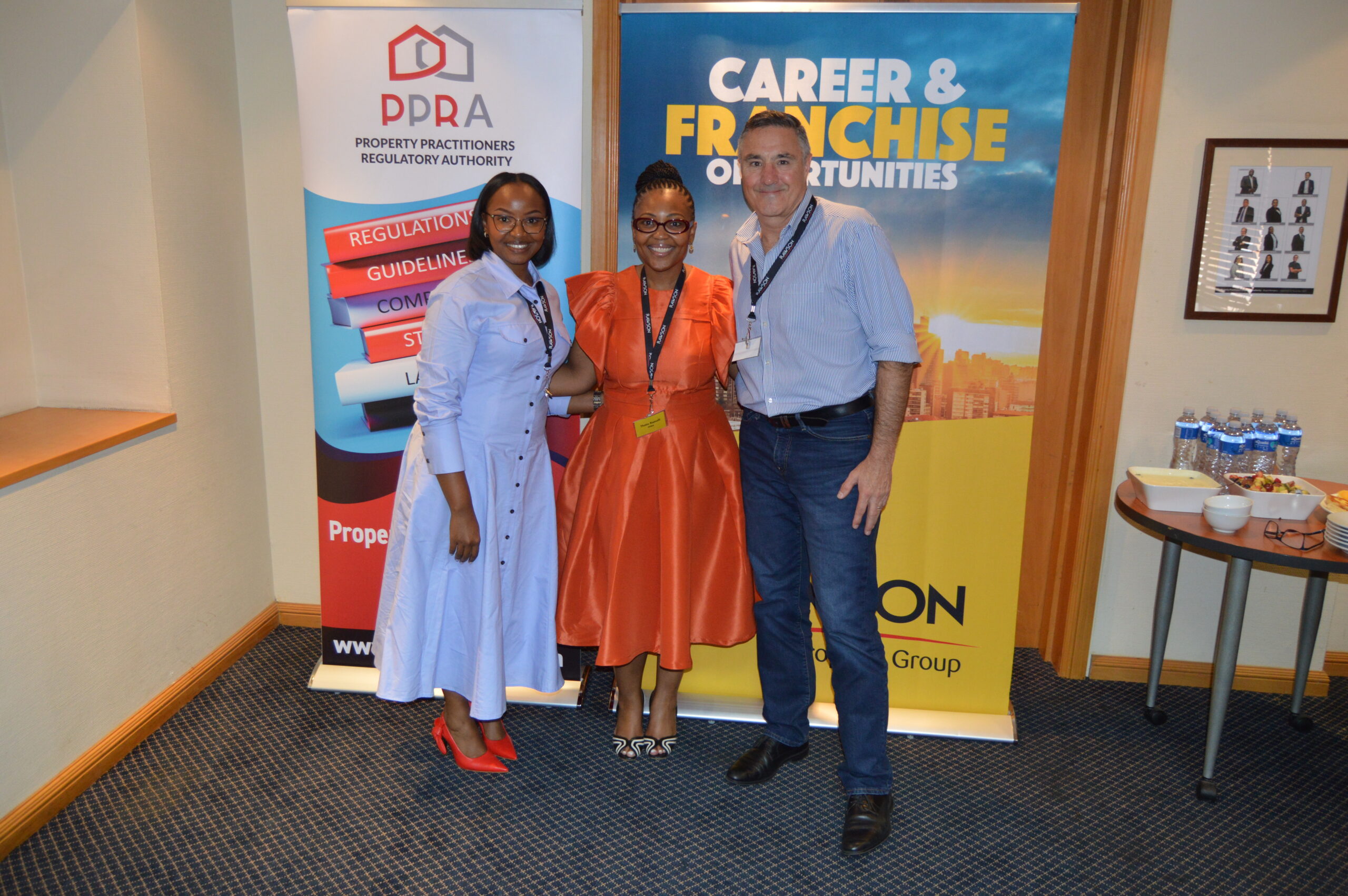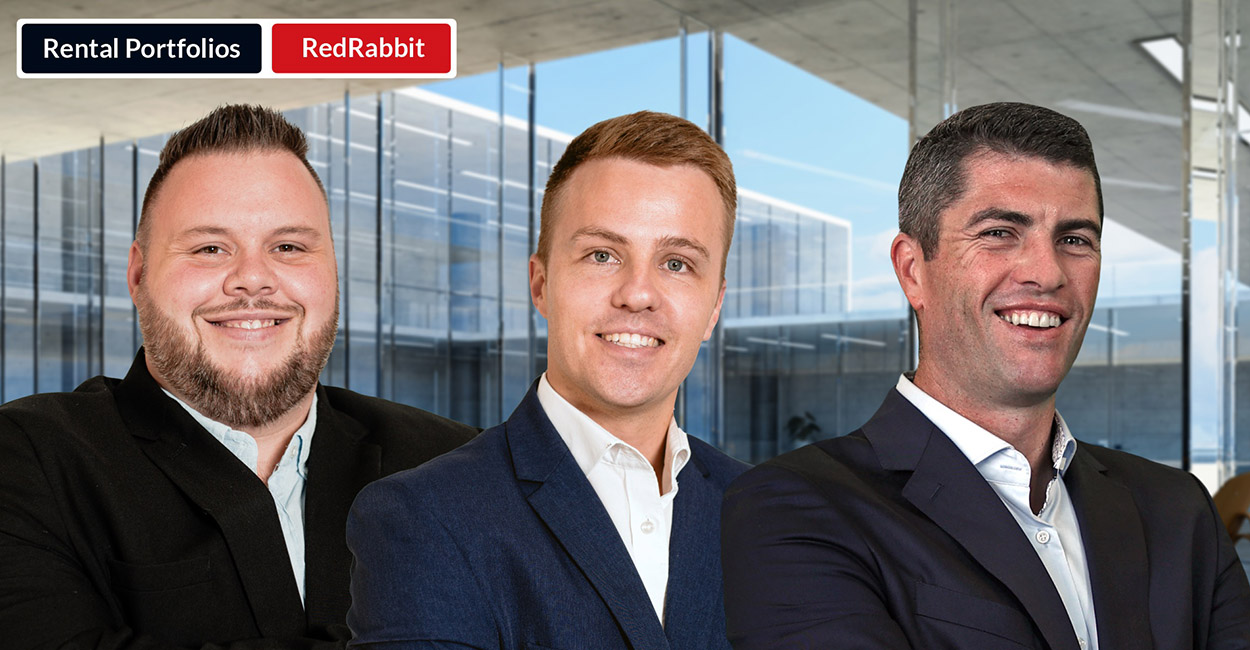MAIN IMAGE: Palesa Mkhize – SAMRRA CEO
Kerry Dimmer
The South African Multifamily Residential Rental Association (SAMRRA) is generating new energies. First came the appointment of Palesa Mkhize as CEO in July, along with the membership of Standard Bank as the first financial institution to join the organisation. In August, Absa and Nedbank CIB followed.
This deepening of the capital sector’s investment in the country’s large-scale residential rental property market (also known as multifamily rentals) is indicative that SAMRRA’s mandate has value, which is to advance the residential rental sector as an investment class. By institutionalising multifamily rentals owned by investors and managed by specialist operators, SAMRRA is essentially unlocking the growth potential of this property sub-sector.
“To this end, SAMRRA works toward creating transparency and sharing of performance metrics of the sector along with being a thought leader on matters regarding the multifamily sector,” says Mkhize.
The metrics are provided through a partnership with Rode Publications & Media, which is tracking the performance of SAMRRA’s members’ portfolio. “This is quite a task given that currently, multifamily properties owned by institutional landlords are estimated to be worth some R60 billion,” says Mkhize. This is representative of some 75,000 multifamily rental apartments, the average value of each apartment being R575,000.
In the first quarterly survey, issued in August, for the second quarter of this year, Rode reported that the sample size included the review of some 50,000 apartments and units in CBDs and suburbs. These are primarily located in Johannesburg and Pretoria, with a lesser presence in Cape Town and Durban.
The survey shows that the first three of these cities had lower vacancy rates compared to non-SAMRRA units, averaging 5.3% nationwide. This implies, says the report, that SAMRRA’s asset class has outperformed other apartments in the residential sector, which had a flat vacancy rate of about 7%. The latter broadly includes smaller-scale private landlords that use managing agents to administer their properties.
SAMRRA hypothesises this is related to the difference between its members’ portfolios and privately managed apartments and is attributable to a higher level of professional management, stronger marketing strategies, and dedicated amenities that attract and retain tenants more effectively.
Another reason, suggest the Rode’s surveyors,
“Could be that the SAMRRA portfolios are, on average, more modern than the non-SAMRRA flats on account of their weighting in favour of more recently developed properties. In contrast, property owners with small portfolios sometimes lack the resources, infrastructure, and operational efficiency, resulting in higher vacancies.“
This is a good summary, but as Mkhize indicates, not enough information is publicly available about the multifamily subsector. “Investors have few data points for residential, while a plethora of information is available for the broader property market. Making investment decisions for scaling the wider sector is a challenge.
“On the flip side (which is a negative that can morph into a positive), a large number of South Africans have no decent accommodation close to places of work and with the required amenities. This is not just a problem for low-income households but also for young professionals, who also have limited residential options close to places of work in South African metros. The country needs more multifamily housing than there is currently available in the market.”
SAMRRA has taken on these challenges not only by increasing its membership but also by driving policy and regulatory changes. “We’ve been invited to various working groups, more specifically, our contribution to the work of the Presidency’s Operation Vulindlela.” This joint-government initiative between the Presidency and the National Treasury seeks to accelerate structural reforms and stimulate rapid, inclusive, and sustainable economic growth.
It is because SAMRRA believes that the multifamily sector is ‘truly’ sustainable that it is taking a deep dive into advocacy. It does so through a code of conduct, which includes a complaint resolution mechanism for its members. In support are research and white papers to inform policy, all of which enable SAMRRA to act as a credible collective voice for its members.
“We are currently focused on the collection of information/data and the publishing thereof. We are also attending and speaking at relevant conferences to communicate that information. Our ultimate purpose is to bring cap rates to appropriate levels that reflect the real risk of investing in multifamily rentals,” says Mkhize.
“We are aiming to align with local municipalities to address the delay of projects in the pipeline and to price elements like bulk contributions and service charges at a level that is sustainable and complementary to scale this sub-sector of property. On the capital end, we believe that the increased allocation by institutional capital to the sector will be a positive inflexion point.”
This is one of those ‘watch this space’ messages. SAMRRA has emerged, in just over a year, as a formidable crusader for ensuring a ‘roof for all,’ intent on driving sustainable and socially responsible value for all its stakeholders.






